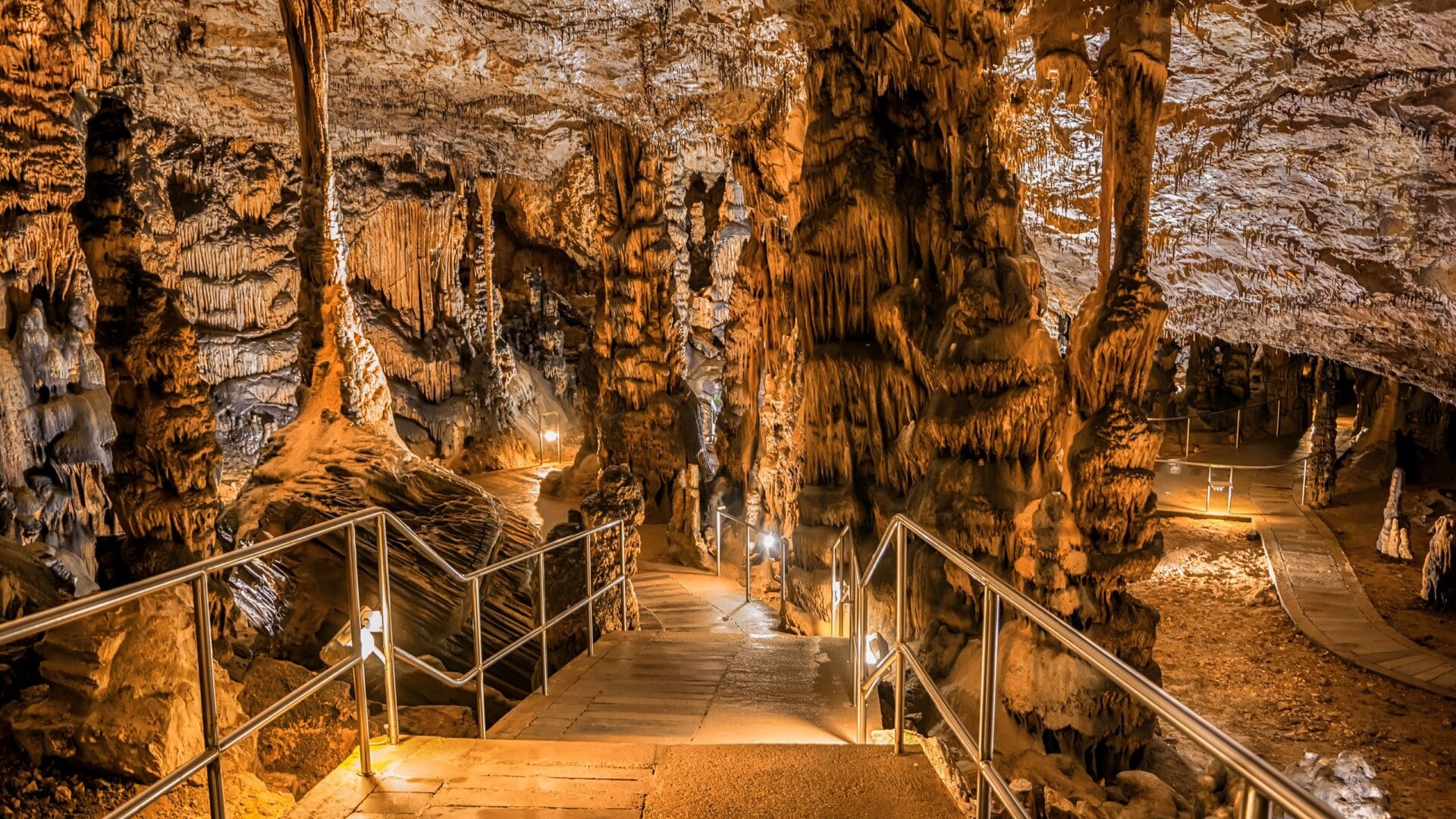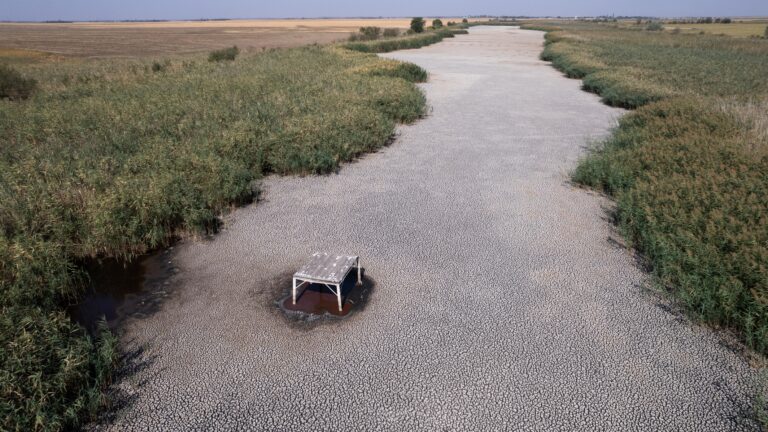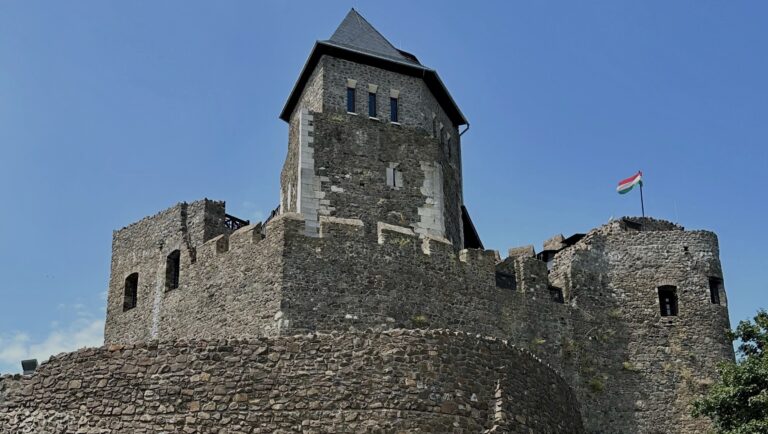Hungary has ten national parks, the oldest one among them is the Hortobágy National Park—it celebrated its 50th anniversary earlier this month, an anniversary Hungarian Conservative also marked. The Aggtelek National Park is one of the ‘younger‘ ones, established in 1985 as the fourth special nature reserves in Hungary, although it has attracted tourists since the early 1800s.
Aggtelek was the first national park in the country to be put under protection for its special geological formations—such as its stalactites and stalagmites that can be found in the Park’s large cave system—rather than its special fauna or flora, although there are many protected species on its territory.
In 1995, the Park became a UNESCO World Heritage site. Now, it is one of the approximately 600 cave systems that are protected by UNESCO, and also one of the few that are included on the list for their geological formations, instead of their historical importance (e.g., for the cave paintings found in them). The park extends over 200 square kilometres (77 square miles) and it is one of the most popular domestic tourist destinations in Hungary. Over 40 square kilometres (15 square miles) of the Park are under special protection. The park, located in the northern part of the country, is a three-hour drive from Budapest.
The main attractions of the Park are the two complex cave systems. Both of them extend into Slovakia, with one 26 kilometres (16 miles) long, which makes it the longest stalactite cave in Europe. The two cave systems together have over 280 different caves. While some caves are reserved for touristic purposes, others are used for therapeutic purposes. The Peace Cave, for instance, is famous for its clean and healing air that helps treat asthma. The Aggtelek Mountains are rich in karstic features, with subterranean streams fed by 11 sinkholes.
While the park is mostly famous for its unique geological formations, there are 413 protected species living on the Park’s territory. Some of the larger mammals include wild boars and red deer, while predators that live in the Park include grey wolves, and the Eurasian lynx.
For a while, these two predators could not be found in Hungary. However, due to the increased awareness of their importance and the enhanced environmental protection activity in the region, lynxes and wolves are now migrating back to the Aggtelek National Park from the Carpathian Mountains, reconquering the places where these species used to live. As for amphibians and birds, fire salamanders and eastern imperial eagles are the most famous that can also be found in Aggtelek. In the waters of the park, there are around 42 different types of fish, 13 of which are protected. 21 of the 28 species of bats that can be found in Europe live in the Aggtelek caves. Hucul ponies are also bred in the Park. Hucul ponies are a small, Hungarian horse breed that is famous for its endurance.








